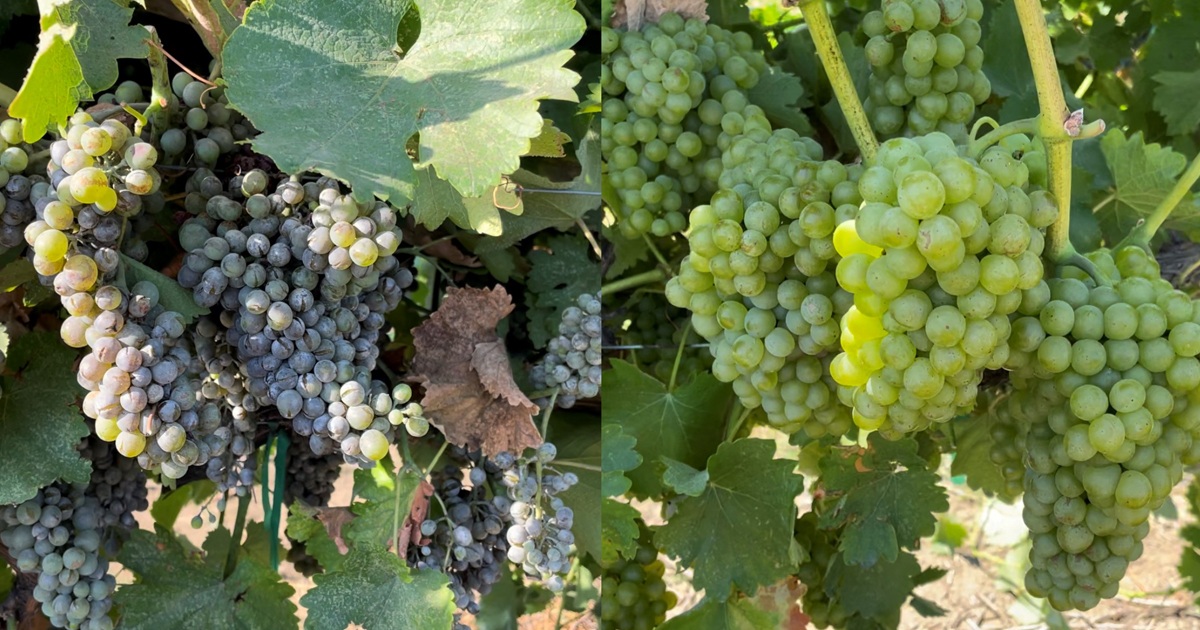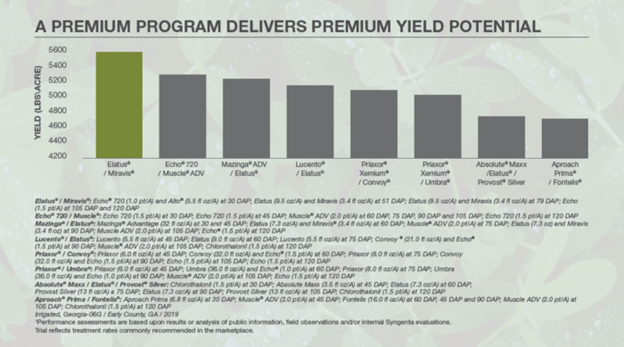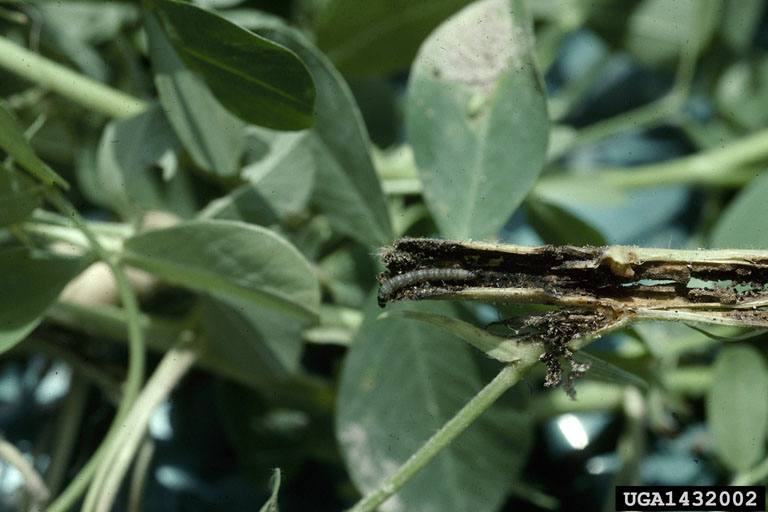Powdery mildew is a yearly agronomic challenge for California grape growers. We talked with Rodger Belisle, Syngenta Agronomic Service Representative, who shared what he’s seen in grape vineyards this season and how to manage invasive threats to grape yields.
Q: What are some common fungal diseases you’re seeing in grapes this season?
A: Powdery mildew is the main disease we are seeing in wine and table grapes. There’s also Botrytis and sour rot. Botrytis spores infect flowers and injured plant parts. Sour rot is a complex of fungal pathogens that causes some decay on previously infected grapes. Powdery mildew is the main issue, and that’s what you should spray for throughout the season.
Q: What would you recommend to control powdery mildew?
A: A well-structured cycle of sprays every 14 to 21 days is recommended. Timings are aligned with key stages of grapevine development. Sprays should be made at two weeks pre-bloom to initiate the cycle, followed by sprays at full bloom, throughout the growing season, at bunch closure, and during veraison, a color-changing phase at ripening.
Q: What results have you seen from Miravis Prime in grapes?
A: There is a tremendous amount of powdery mildew pressure. All the trials had high pressure, however the plots treated with Miravis® Prime fungicide had zero incidence. We were able to knock it down almost completely throughout the trials I conducted across California.
The main point here is that you want to keep on top of a spray program. There’s not an alternative for wine grape production or even table grape production. These sprays are vital to keep your crop in marketable condition.
Q: Are there any other recommendations you have for growers?
A: The takeaway on powdery mildew is that the inoculum is always there; the spores are always around. It’s when you get the conditions where the disease thrives — on days with six hours or more of a 70˚ to 85˚ temperatures — that you get a lot of problems.
Miravis Prime has done an excellent job controlling powdery mildew this year, but you should be conscious not to overuse it, or any other product, because of resistance development. Instead, rotate in different FRAC groups. No matter how good a product is, if you overuse it, it’s not going to be as effective as it used to be.

For more insight into your grape vineyards and pest management, contact your Syngenta representative.








